Figures
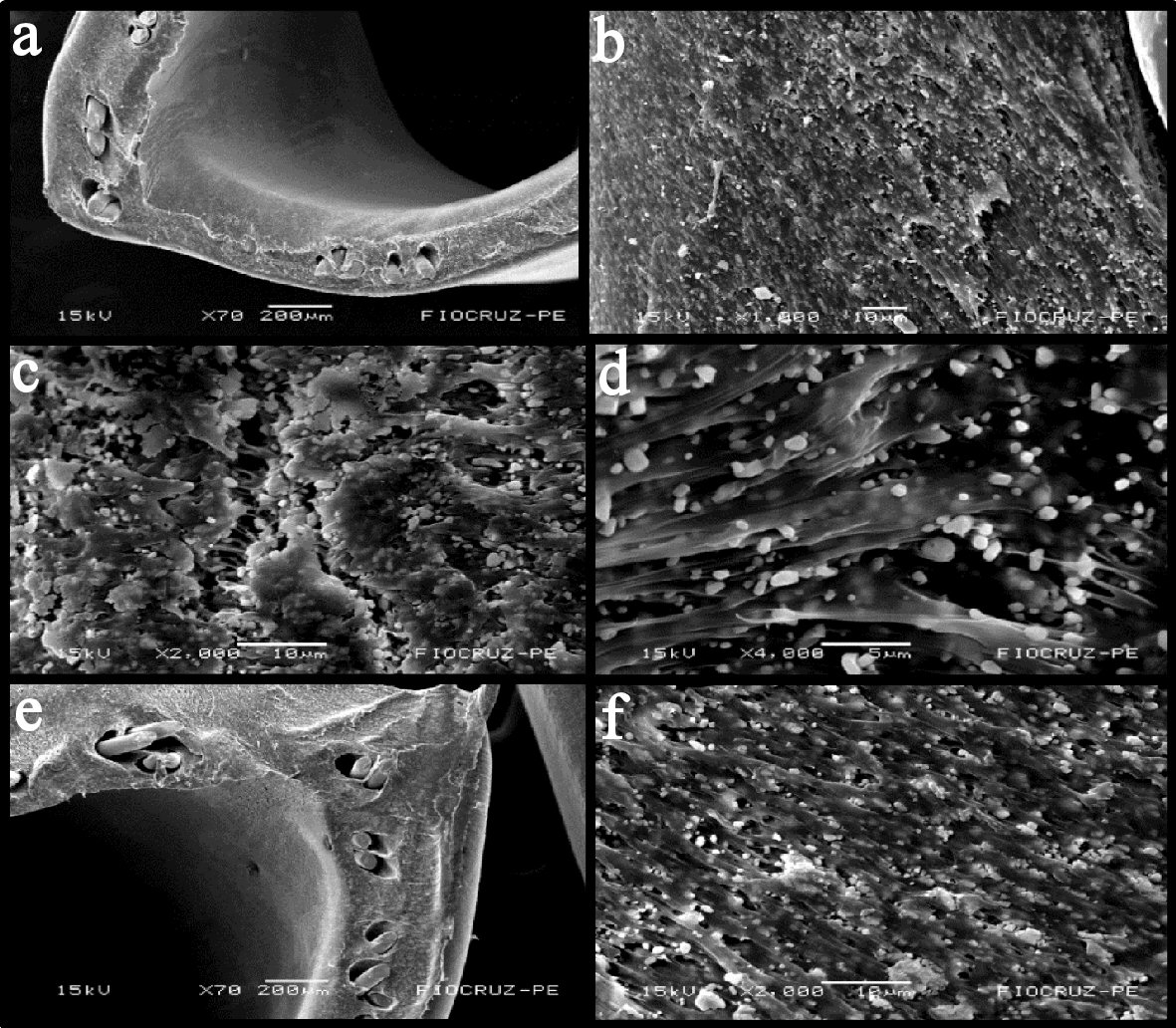
Figure 1. Scanning electron microscopy. (a) 70 ×. (b) 1,000 ×. Edge: the second reprocessing (rougher surface, with porosity, stainless steel wires, peeling of the inner layers, micropores and small holes). (c) 2,000 ×. (d) 4,000 ×. Edge: the third reprocessing (disordered cracks, cracks, holes, grooves, microcracks and granular appearance). (e) 70 ×. (f) 2,000 ×. Edge: the seventh reprocessing (roughness, porosity, stainless steel wires, holes, peeling and dots whitish, diffuse microcracks, granular appearance).
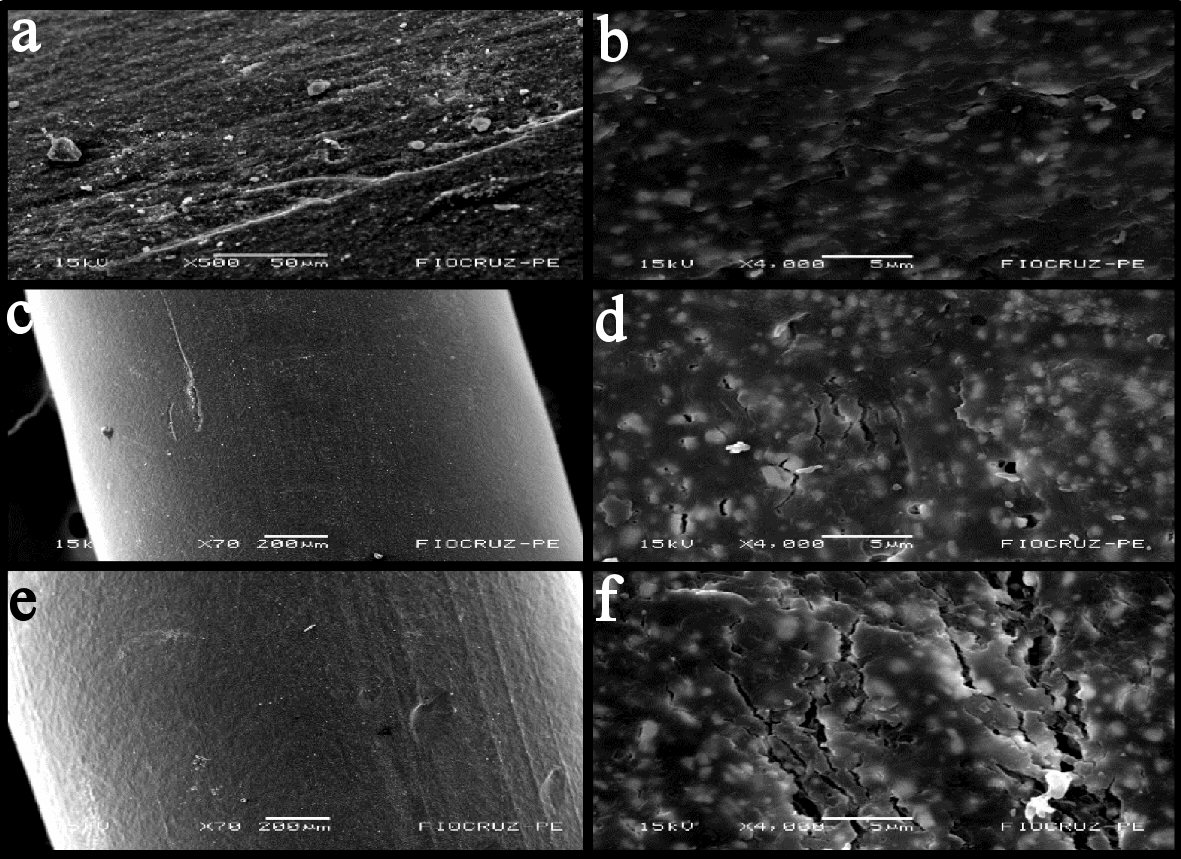
Figure 2. Scanning electron microscopy: (a) 500 ×. (b) 4,000 ×. External side: the first reprocessing (desquamation, porosity, diffuse recesses, cracks, grooves and micro holes). (c) 70 ×. (d) 4,000 ×. External side: the second reprocessing (fissures, porosities, scratches, cracks, micropores, and micro-holes, increased depressions, protrusions; diffuse dimples, disorder in the polymeric fibers). (e) 70 ×. (f) 4,000 ×. External side: the seventh reprocessing (polymeric scaling, disordered slits, holes and grooves, recesses, protrusions, micro-holes, crevices, disordered depressions).
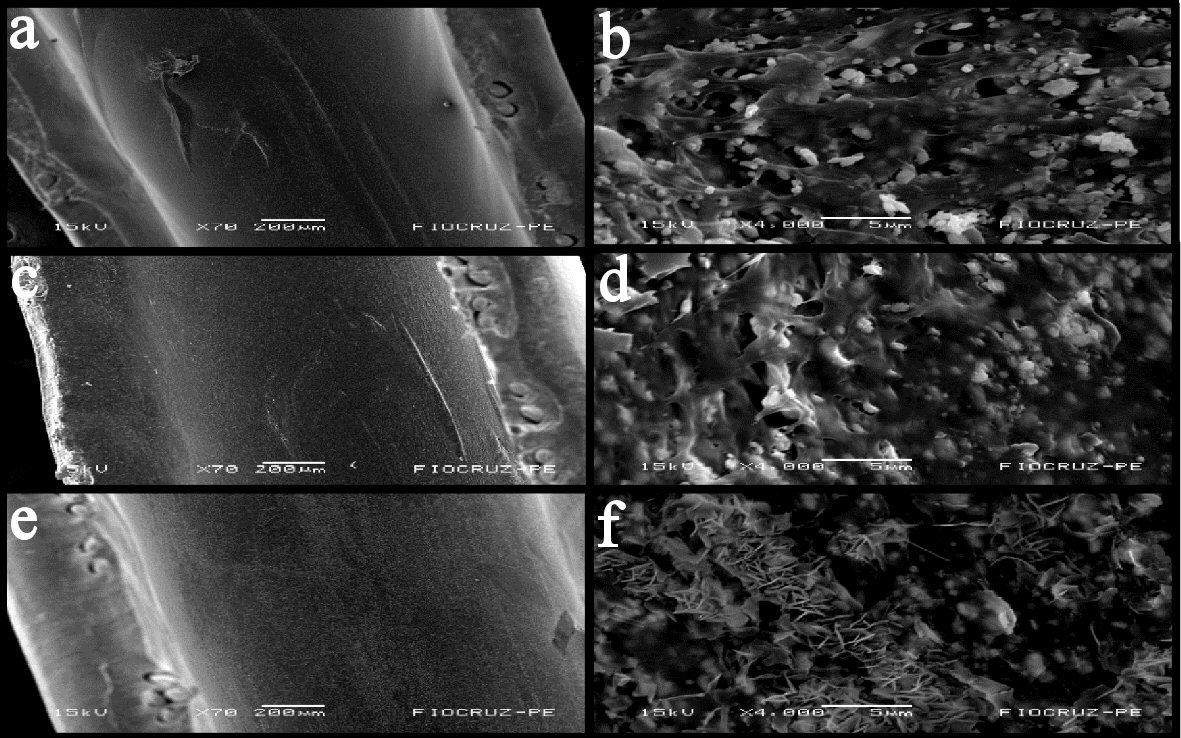
Figure 3. Scanning electron microscopy. (a) 70 ×. (b) 4,000 ×. Internal side: new catheter (diffuse micropores, significant scratches, polymer desquamation, roughness and recess). (c) 70 ×. (d) 4,000 ×. Internal side: the third reprocessing (microcracks, oxidative degradation, desquamation of the inner layers, disordered cracks, holes and whitish spots; deep and significant recesses). (e) 70 ×. (f) 4,000 ×. Internal side: the seventh reprocessing (internal cracks, roughness, porosity, longitudinal microcracks, polymer desquamation, whitish spots, deep crevices, recesses and microcracks).
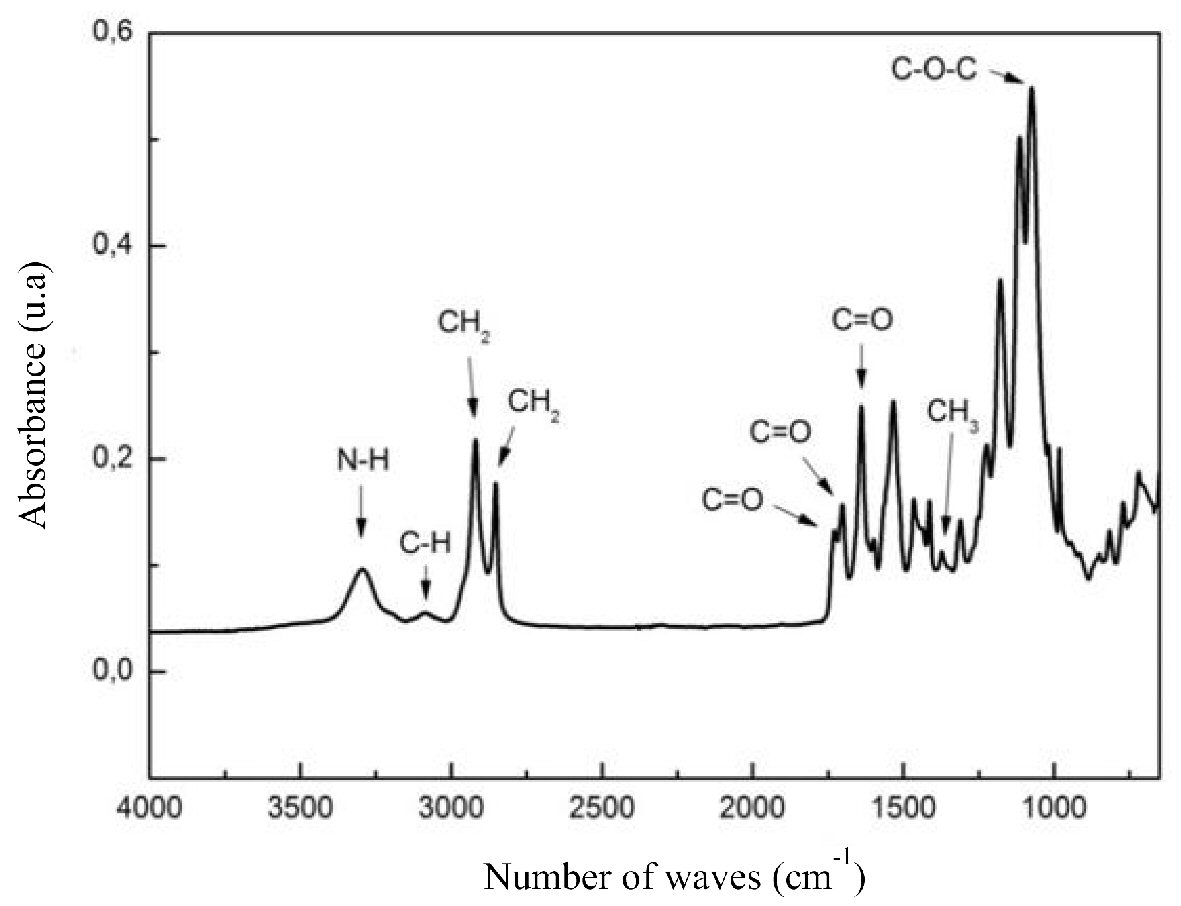
Figure 4. Angiographic catheter spectrum without reporcessing.
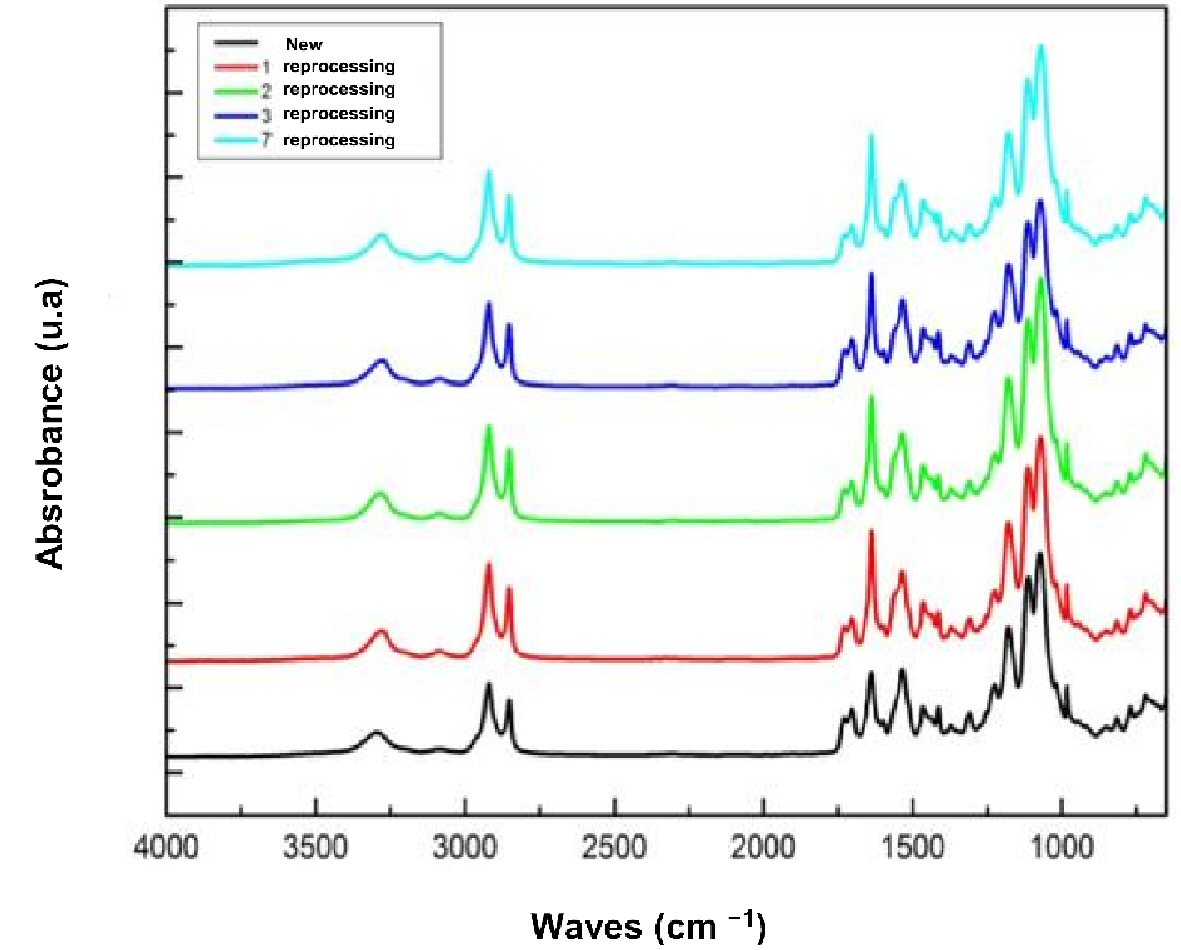
Figure 5. Infrared spectrum of angiographic catheters without and with the first, second, third and seventh reporcessing.
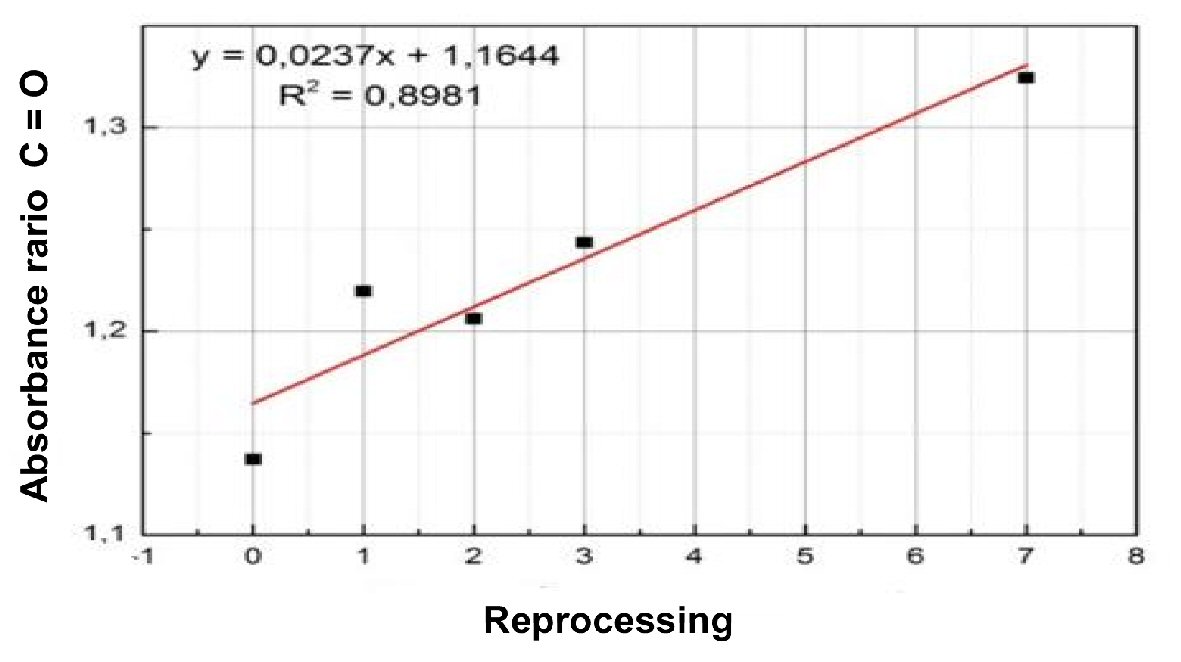
Figure 6. Absorbance ratio of carbonyl.
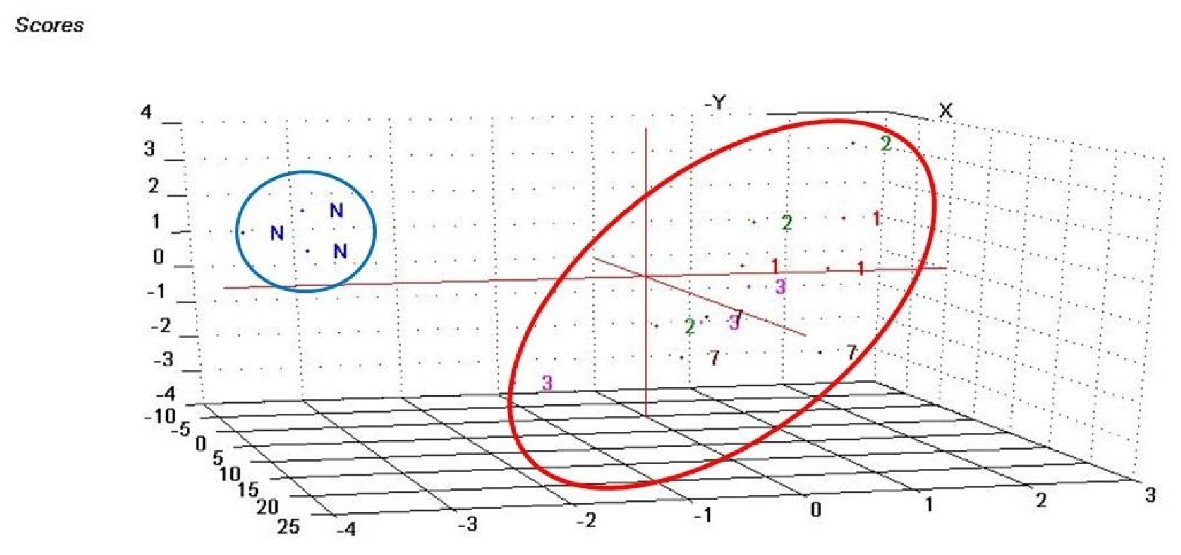
Figure 7. Component analysis scores of new catheters and catheters that were reprocessed one, two, three, and seven times.
Table
Table 1. Vibrations Characteristic of the Infrared Spectrum of the Angiographic Catherter
| Number of waves (cm-1) | Absorption group | Types of deformation |
|---|
| 3294 | N-H | Stretch (N-H) |
| 3084 | C-H aromatic | Stretch (C-H) |
| 2920 | C-H2 | Asymmetrical stretch (CH2) |
| 2853 | CH2 | Stretch (CH2) |
| 1734 | C=O | Stretch (C=O) |
| 1722 | C=O (free CO) | Stretch (C=O) |
| 1638 | C=O (bind HCO) | Stretch C=O) |
| 1363 | CH3 | Dobramento CH3 |
| 1085 | C-O-C | Asymmetrical stretch (C-O-C) |






